Traditional Indian Economy: A Reconstruction Based on Sanskrit Epigraphs
The study of the economy of ancient India through Sanskrit inscriptions is a herculean task. Till date, several works are available on research done on arts, religious philosophy, history and language through inscriptions but very little has been attempted in the field of economic studies based on Sanskrit epigraphs. Dr. Kamal Kishor Mishra is the first person to traverse this unchartered terrain.
This work details fourteen tables, bibliography, table of terminologies, list of inscriptions and plates of 22 inscriptions which throw valuable light on the practices of ancient India. For example, from the copper plate inscription from Sahgaura, there is evidence of storage of grain in silos for meeting the needs in crucial times of scarcity and is an effort in risk management. The Mandsaur inscripiton throws light on the relative affluence and well being of the people of the area who contributed towards construction of temples and wells. The Girnar stone inscription of Rudradaman speaks of the construction of a large pond or lake ot take care of water scarcity. Inscriptions also seem to throw light on a well balanced decentralization of powers that contributed to governance to the state. Self sufficiency at village level and at various other levels also seems to emerge from a study of the inscriptions and there is a definite indication towards economic prosperity of the sub-continent in 8th century AD.
Get it now and save 10%
BECOME A MEMBER

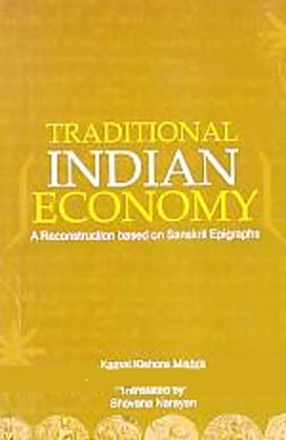
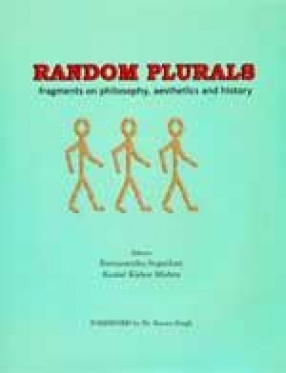
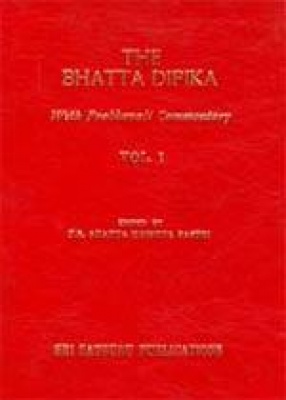

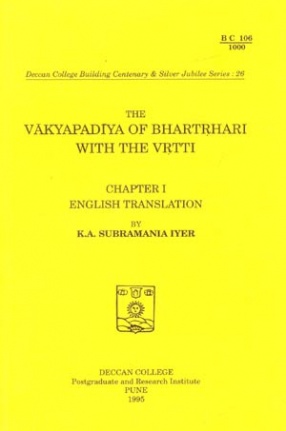
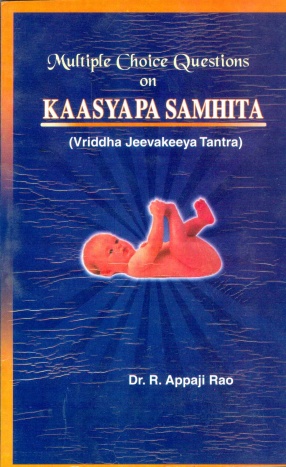

Bibliographic information
Shovana Narayan